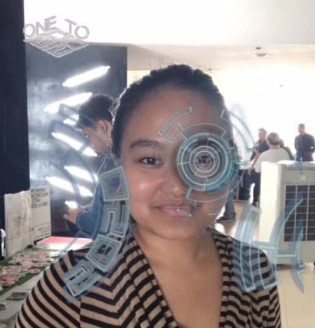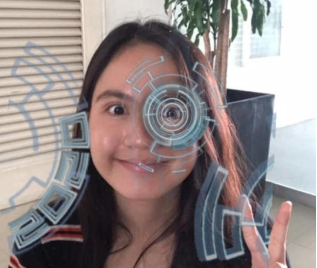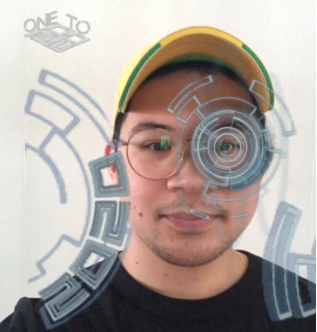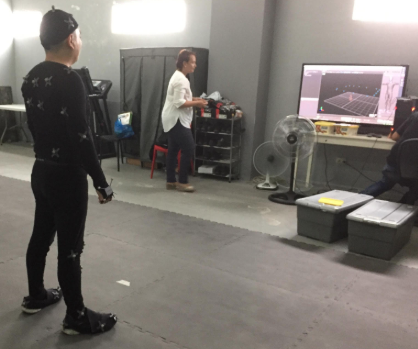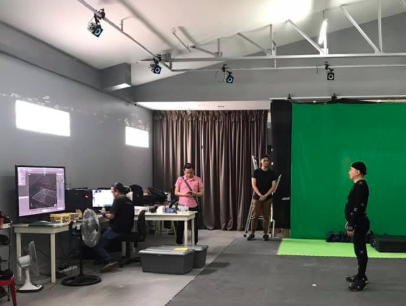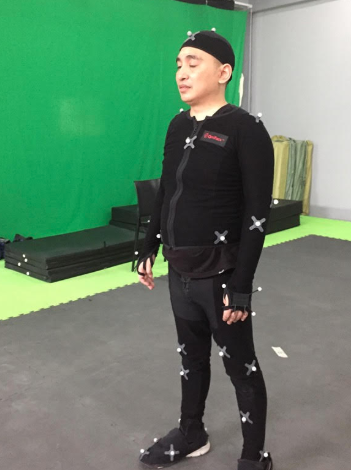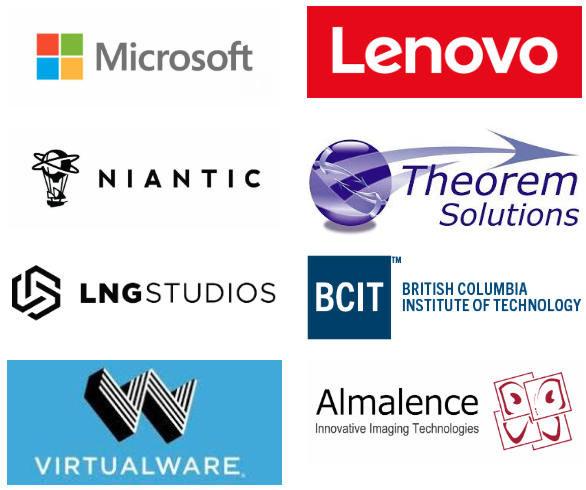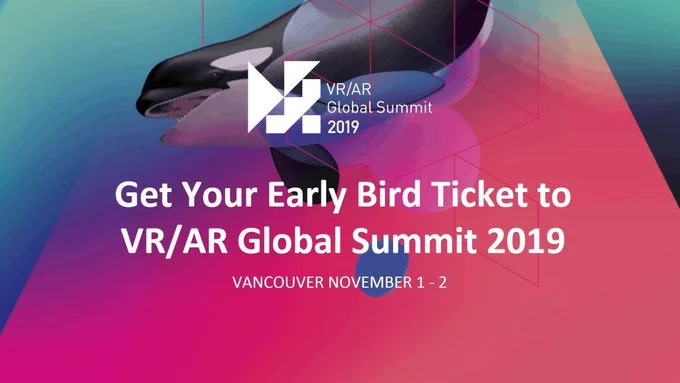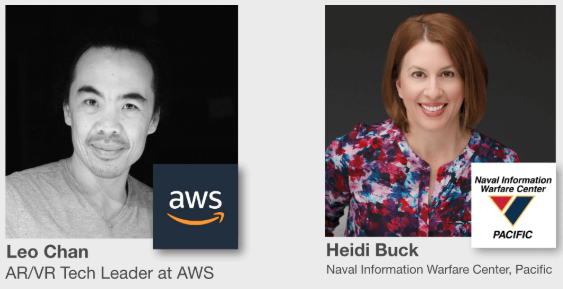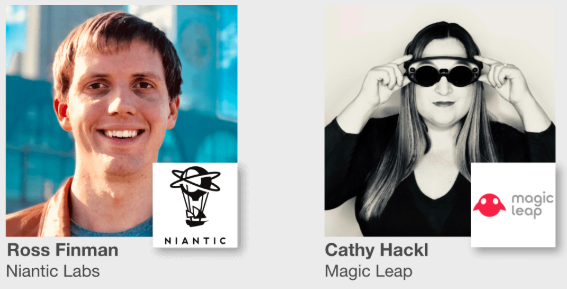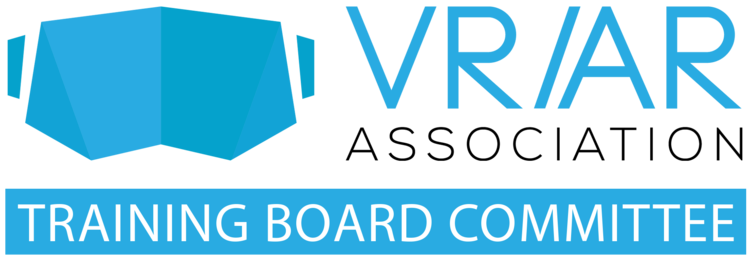Attend the VR/AR Global Summit Nov 1-2 in Vancouver to learn more about VR/AR solutions for Defense.
The ongoing mission of the VR/AR Association (VRARA) Defense and Intelligence Committee is to bring together industry, government and immersive technologists to collaborate on standards and use cases, according to VRARA’s DC Chapter Vice President Sophia Moshasha.
The defense and intelligence committee held its launch event in Washington DC in April, with almost 100 attendees amassing to discuss the development and implementation of VR technology within mainly maintenance training, wargaming and battlefield training.
Several particularities of intelligence and defense dictate a different approach going forward for the DC chapter than others within the VR/AR Association might take, according to Moshasha.
Virginia-based VR experience creator Brightline Interactive, where Moshasha works as director of immersive platforms alongside managing principle and DC Chapter President Tyler Gates, has worked with several government agencies over the past 15 years, most notably an emergency management agency on flood simulations used to raise awareness among and communicate issues to community leaders.
In her work at Brightline, Moshasha and her colleagues have learned that “government agencies want to prove out the technical capabilities of VR fast”.
She says: “They want a quick turnaround in the research and development and rapid prototyping, so they can start investing in building out this immersive ecosystem.”
The defense and intelligence professionals attending the event April, particularly those from Department of Defense contractors such as Booz Allen Hamilton, also needed the committee to have a Washington DC presence.
Moshasha explains: “It made sense to host the committee here. That’s not to say that the committee doesn’t have global appeal, but in order to attract the defense players, we needed a physical presence here in DC to draw them in and get their hands on the tech. That was the purpose of the launch, and we’re planning similar events.”
The end goal is to get defense and intelligence professionals involved in shaping future initiatives for immersive technology.
“Our major goal is to set the standards for the creation and implementation of virtual environments within defense and intelligence, and the only way we’re going to do that is with collaboration between government, industry and the makers of the technology.”
“That’s what I’m trying to do—gather those three groups to collaborate on standards and research, and have that one voice. I think the VR/AR Association is a great place for industry to develop those standards of practice.”
Attend the VR/AR Global Summit Nov 1-2 in Vancouver to learn more about VR/AR solutions for Defense.


